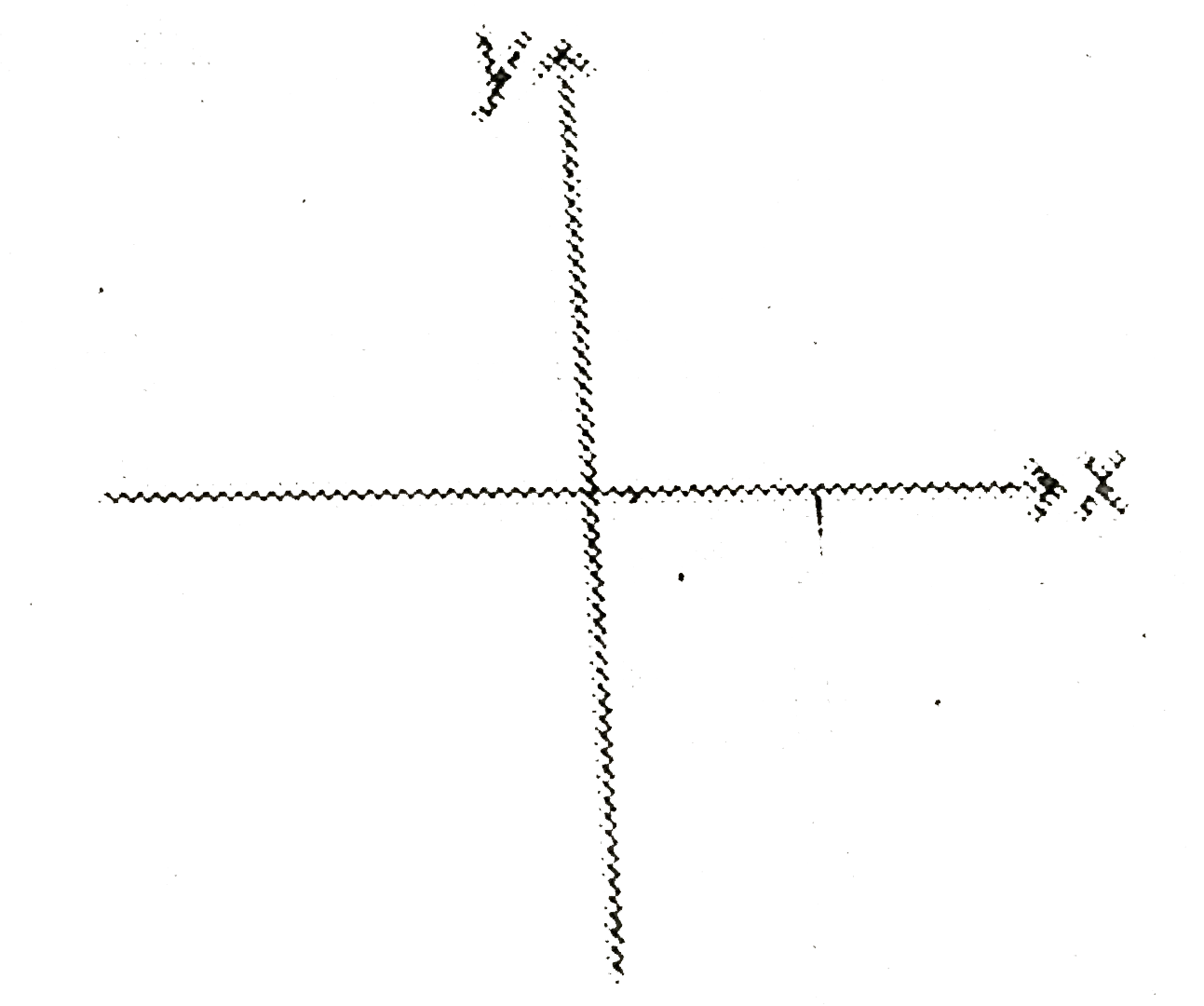A motion of a particle is given
x=Asin ωt+B cosωt. The motion of the particle is
not simple harmonic
simple harmonic with amplitude A+B
simple harmonic with amplitude (A+B)/2
simple harmonic with amplitude √A2+B2
The correct Answer is:D
Step by step video solution for A motion of a particle is given x =A"sin "omegat+B " cos"omegat. The motion of the particle is by Physics experts to help you in doubts & scoring excellent marks in Class 11 exams.
Updated on:21/07/2023Similar Questions
The motion of a particle is given by x=Asinωt+Bcosωt. The motion of the particle is
View SolutionThe motion of a particle is given by x=Asinωt+Bcosωt. The motion of the particle is
View SolutionThe displacement of a particle is given by →r=A(→icosωt+→jsinωt). The motion of the particle is
View SolutionThe position of a particle in motion is given by y=B+Csinωt+Dcosωt w.r.t origin. Then motion of the particle is
View SolutionThe simple harmonic motion of a particle is given by x = a sin 2πt . Then, the location of the particle from its mean position at a time 1/8th of second is
View SolutionThe displacement of a particle along the x-axis is given by x=asin2ωt. The motion of the particle corresponds to
View SolutionThe displacement of a particle along the x- axis it given by x=asin2ωt The motion of the particle corresponds to
View SolutionA xandy co-ordinates of a particle are x=Asin(ωt)andy=Asin(ωt+π/2). Then, the motion of the particle is

View SolutionThe displacement of a particle is represented by the equation y=3cos(π4−2ωt).
The motion of the particle is
View SolutionThe displacement of a particle is represented by the equation y=3cos(π4−2ωt).
The motion of the particle is
View Solution
